Moving into Part 2 of our Meerkat Neighbourhood series, we find ourselves staring into the beautiful eyes of the Kalahari herbivores. Beautiful as they may be, however, each has its own defensive qualities which are not to be underestimated! Be it horns or hooves, the herbivores of the Kalahari can pack quite a punch when placed in a tight spot.
Let us start with the symbolic Gemsbok or Oryx. A formidible stalwart in battle, the Gemsbok is 1.5m at the shoulder and can weigh up to 250kg. Territorial fights between males are exceptionally dangerous due to their sword-like horns which can often fatally wound an opponent. They are often referred to as the Spirit Warriors of the Kalahari due to their markings.
The Tsessebe (T-se-se-bee) is the first of two ‘strange’ looking antelope in the Kalahari. With an upward sloping back caused by its larger forelegs, the Tsessebe is renowned as being the fastest antelope in Africa. Strangely enough, the Tsessebe belongs to the same family as the Springbok and the Wildebeest. Tsessebe also have a strange habit of resting their heads mouth down on the ground with their horns sticking straight up into the air whil resting. Male tsessebe have also been observed standing in parallel ranks with their eyes closed bobbing their heads back and forth.
The second ‘strange’ looking antelope we have in the Kalahari is the Blue Wildebeest. An odd looking animal, its original name was the Gnu (G-Noo) after the nasal sound it makes when calling. These animals tend to move around in small family herds out in the Kalahari whilst the males typically hang out near the waterhole. Their powerful front legs make them excellent runners and they can easily get up to 65km/h. The ‘Blue’ part of their name is derived from the blue sheen that their coat gives off in certain light.
Now we shall deal with the two Kalahari giants. The first of which is rather obvious, the Giraffe. The Kalahari Skyscrapers of the natural world, these collosal animals stand 6m high and weigh up to 1600kg. What is fascinating about the giraffe is how its system is built to cope with its extreme height. It’s heart can weigh more than 11kg and generates double the blood pressure than that of a Kalahari cameraman! The blood vessels in the lower legs are also surrounded by a thick, tight layer of skin which prevents blood from collecting around it’s ankles.
Then giant number two. The Eland. 1.5 m at the shoulder, and 600kgs in weight, this massive herbivore commands respects due to its sheer bulk and stature. Incredibly, its Northern cousin, the Giant Eland which is found in Central and North Africa, can reach 1.8m at the shoulder and weigh in at 900kg! Our Kalahari Eland do possess one very strange property though. Their knees click when they walk, and it is a sound that I can only liken to someone tapping a piece of bamboo on a concrete flaw. Many times in the Kalahari bush, the Meerkat cameramen will hear a herd of Eland long before they can see them!
And finally, the proudest and most awe-inspiring of all antelope; the Sable. With an impressive set of horns and a sturdy chest, these antelope are the equivalent of Kalahari royalty, and they have an attitude to match. When a sable is threatened by a predator, including lions, the sable will turn to confront it and use their scimitar-shaped horns to drive back the would-be attacker. Many of these big cats have died during such fights.
Well, that’s all for now. I’ll be writing up another part of the series soon so keep a look out for it!
Rob’s song for the day: Born in Africa – Dr. Alban
Keep in touch on Facebook and Twitter
Rob

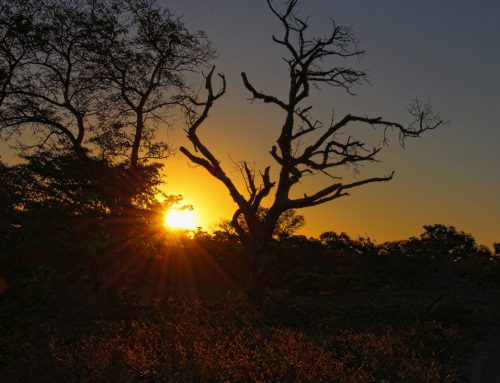
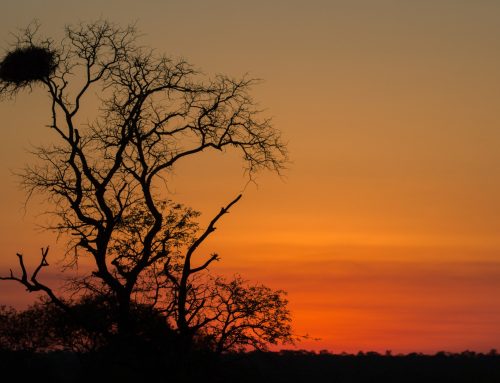
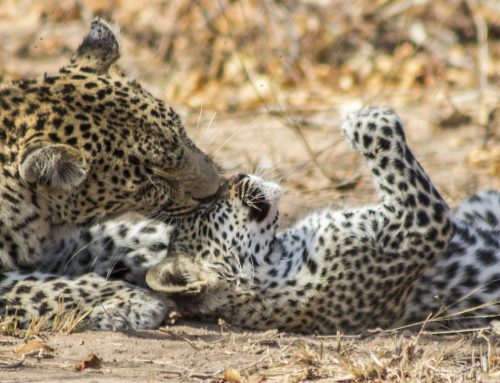
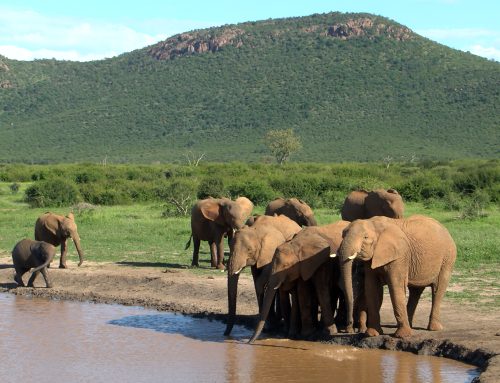
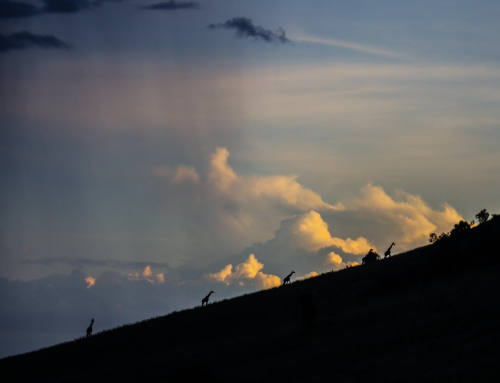
Great pictures. Please come visit Indonesia if you are interested to make photograph of various kind of animals.